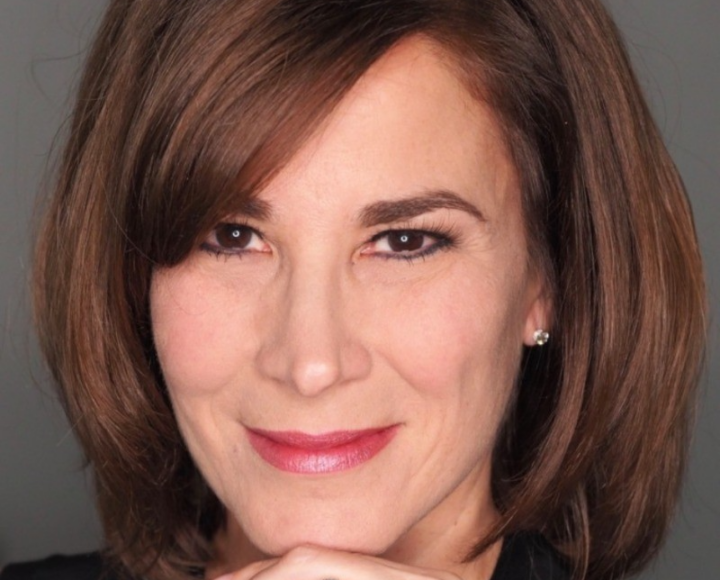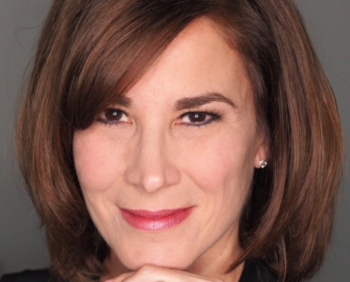“If you’re going to work 18 hours a day, make it count,” says Kristen Hendricks of the Kwangala Project, a social enterprise poised to help victims of human trafficking in Uganda. The ambitious executive director knows why so many young professionals quit or move to greener grasses after just months of starting work in the corporate world. “People quit when they’re bored, when the work becomes meaningless. To us, this project is special.”
Techli caught up with two emerging social enterprise projects aiming to bridge communication with the developing world. Featured at TechWeek 2012 this this past weekend, the Kwangala Project and SolarCubed, a student-organized effort to harness the technology in two different ways for the common goal to bridge the digital divide.
The Kwangala Project
Partnered with Chicago-based firm Total Attorneys, the social enterprise connects companies with different charities such as the Kwangala cause. Located in Uganda, Kwangala houses droves of young girl and women rescued from human trafficking. The project gives them a second chance at life by providing them with the educational and financial tools to rebuild their lives. Where does the Kwangala Project come in?
“The Internet allows us to establish a more personal dialogue with the girls. For example, one of the attorneys can now check up on the girls and ask, ‘How did that math test yesterday go?’ ” The near constant stream of dialogue gives the funders a sense of personal connection with the girls’ lives despite the thousand mile distance.
The enterprise also handles financial transactions to assure their security and act as advisors for their partners’ fundraising goals. “We are like an HR resource that acts as liason between the girls and the people who help them. It’s all about making the connection,” says Hendricks, brandishing some colorful handmade jewelry on display made by the Ugandans.
SolarCubed
Begun as a class at IIT, the budding enterprise led by sociologist Laura Hosman and manned by college students aims to bring a turnkey solar-classroom-in-a-box solution to schools in the developing world. By collaborating closely with education NGOs and governments, the project will deliver a zero-waste box that transforms into a table on-site and houses 6 Intel classmate laptops, solar panels, pre-wiring, and everything one needs to set up in under an hour.
The end result, a stand-alone computer station, functions anywhere the sun shines and gives people who’ve never even seen a lightbulb or running water the chance to connect.
The project has roots in the Caribbean. Originally a year-long class aimed at bringing solar-powered computing to Haitian schools, the team, under the name Empowering Haiti, travelled to Port-au-Prince and installed solared panels on school roofs. Initially using One Laptop Per Child computers, they quickly realized the market need for a more rugged and versatile computing alternative.

They opted for the popular (6 million strong) Intel classmate which contains adult-sized keys and higher computer power. From experiences in Haiti and with OLPC they learned that high demand for computers in the developing world and the importance of not leaving power out of the equation. When OLPC deployed their computers, power (or rather, the lack therof) was not considered, and many villages ended up with laptops but no way to charge them.
“In the devloped world we take things like electricity and running water for granted, and we naturally assume that they [the developing world] has it too. This can’t be further from the truth, and when considering computing, we need to look at the challenge of power too,” says Hosman.
The result? Modular, work-anywhere stations that incorporate both computing and power. Sponsored by Google, the enterprise will deploy its first product in Micronesia this July, and launch in San Francisco later this summer. Which leaves us to wonder when the first African villager will start swarming the YouTube channels. Oh, the possibilities.







